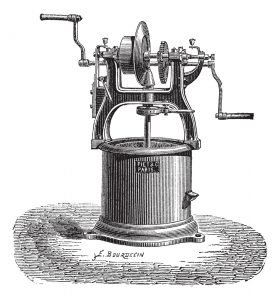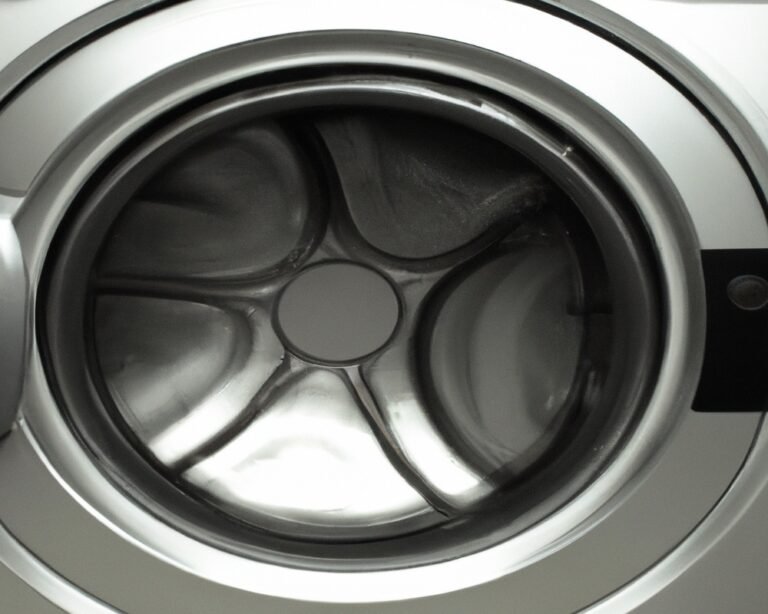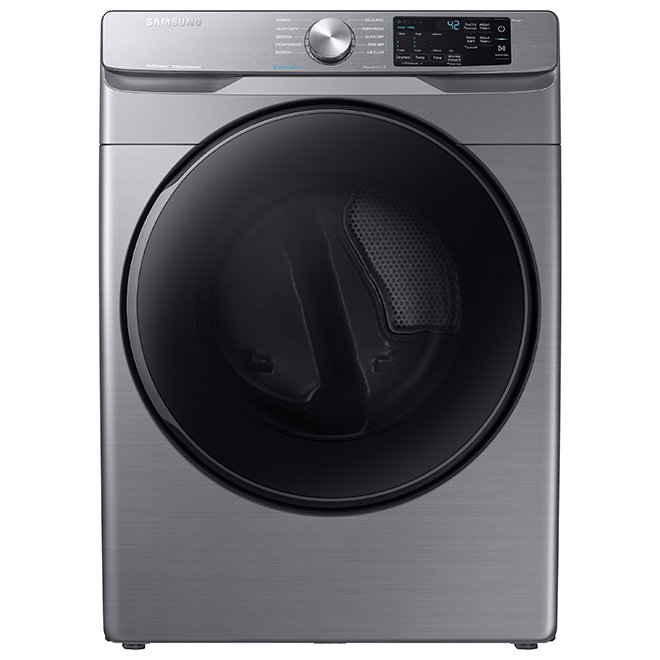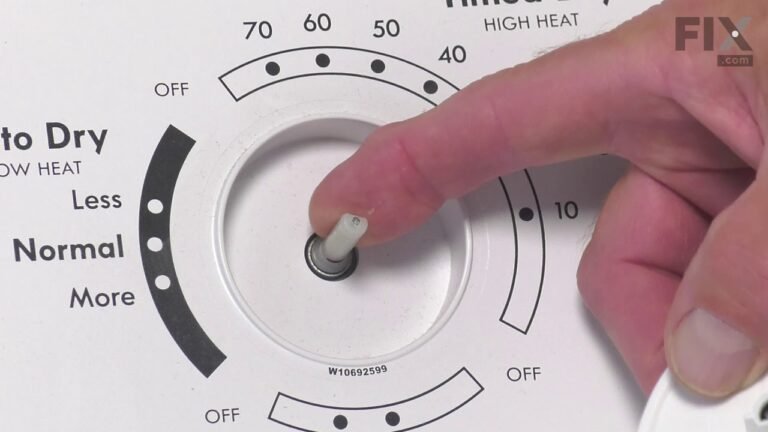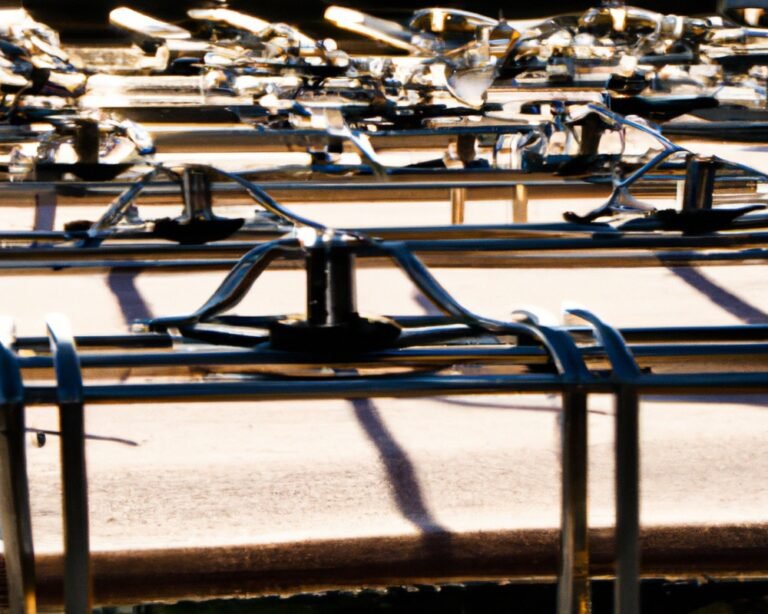The History of Clothes Dryers: Evolution and Innovation
The history of clothes dryers is a journey through time, marked by innovation and progress. These household appliances have come a long way from their humble beginnings, and in this article, we’ll explore their evolution. We’ll also delve into the answers to some common questions people ask about this topic, ensuring that we provide relevant and informative content.
When Was the Clothes Dryer Invented?
The concept of mechanical clothes dryers dates back to the early 19th century, with the first significant invention being the hand-cranked dryer by M. Pochon in 1800. However, widespread use began with George T. Sampson’s automatic dryer in 1892.
who invented clothes dryer?
The clothes dryer was invented by J. Ross Moore in the early 20th century.
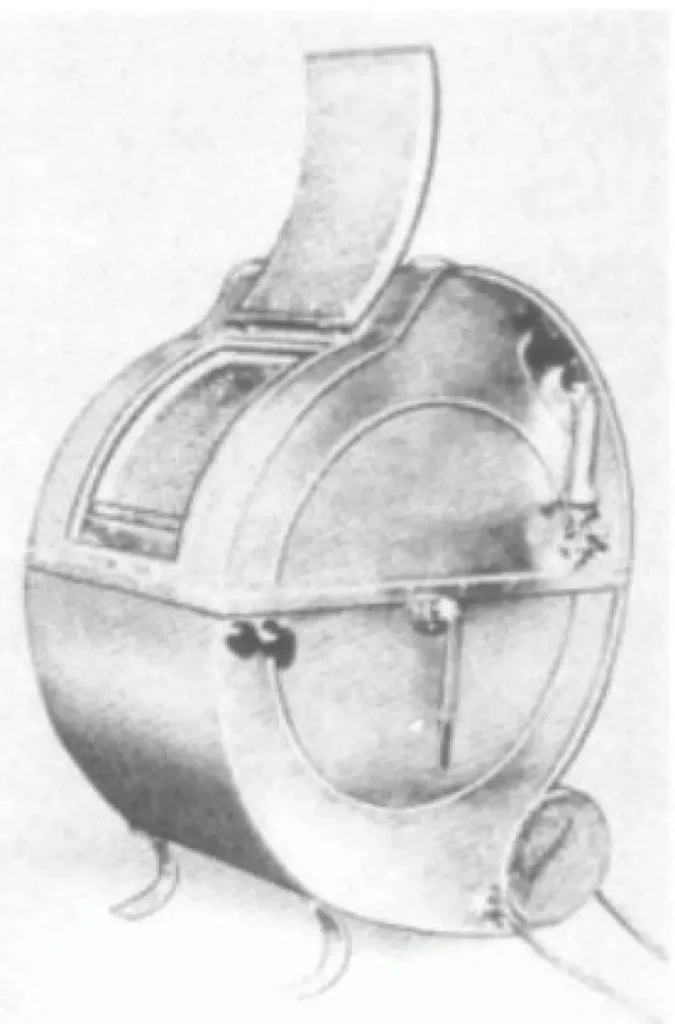
What Is the History of Clothes Dryers?
The history of clothes dryers is a journey through innovation and progress. It includes early methods of drying, the invention of mechanical dryers, and the evolution of electric dryers and modern innovations, such as heat pump dryers and condenser dryers.
The Invention of the First Electric Dryer
The history of clothes dryers can be traced back to the early 20th century when J. Ross Moore, an inventor with a vision, created the first electric dryer. This invention marked a significant shift in how people approached laundry. No longer did they need to rely solely on the sun and the wind for drying clothes; electric dryers brought the convenience of indoor drying.
Evolution by Hamilton Manufacturing
In 1938, Hamilton Manufacturing took Moore’s invention and ran with it, developing both gas and electric units for the market. This innovation made dryers more accessible to households and revolutionized the way we approach laundry. Read about how does a gas dryer work guide.
What Did the First Clothes Dryer Look Like?
The first clothes dryer, designed by M. Pochon in 1800, resembled a wooden drum with a hand-crank mechanism. This design allowed for controlled and efficient drying, an improvement over earlier methods.
Why Was the Clothes Dryer Invented?
The clothes dryer was invented to provide a more efficient and reliable method for drying clothes, addressing the limitations of traditional methods like air drying and open flames.
what are the Early Methods of Drying Clothes?
Before the era of mechanical dryers, people relied on manual methods to dry their garments. These early techniques included:
Air Drying
The most traditional approach involved hanging clothes outdoors to dry naturally. This eco-friendly method is still widely practiced today, although it is dependent on favorable weather conditions.
Open Flames
When nature didn’t cooperate, open flames, such as those from a hearth, were used to expedite the drying process. However, this method had its drawbacks, with clothes often smelling of smoke and accumulating soot.
what is the Hand-Cranked Dryer?
In the year 1800, M. Pochon introduced a game-changing innovation which is the hand-cranked clothes dryer. The Hand-Cranked Dryer is the early mechanical dryer featured a wooden drum with a hand-crank mechanism, allowing users to facilitate the drying process. Pochon’s invention brought significant improvements:
- Efficiency: The hand-cranked dryer greatly reduced drying times compared to traditional methods like air drying or open flames.
- Consistency: It offered more reliable results, minimizing the risk of clothes being overexposed to heat or open flames.
George T. Sampson’s Automatic Dryer
The next major leap in dryer technology took place in 1892 when George T. Sampson introduced America’s first automatic clothes dryer. Sampson’s invention brought about several key innovations:
- Efficiency and Safety: Sampson’s design was not only more efficient but also safer compared to hand-cranked dryers. It featured a timer and an automatic shut-off mechanism, reducing the risk of over-drying or fires.
Electric Dryers and Brooks Stevens’ Glass Window Dryer
Fast-forward to the late 1930s, and the world saw the advent of electric dryers, revolutionizing the way we approach laundry. Design pioneer Brooks Stevens further advanced the field by introducing an electric dryer with a glass window. This innovation allowed users to monitor the drying process without opening the machine, resulting in reduced heat loss and energy consumption.
Modern Innovations: Heat Pump and Other Dryers
Modern clothes dryers have continued to evolve. Innovations of types of dryers like heat pump dryers and condenser dryers have further improved efficiency and reduced energy consumption. Some noteworthy advancements include:
Heat Pump Dryers
These appliances recycle heat, making them more energy-efficient and environmentally friendly.
Condenser Dryers
They don’t require external venting, providing flexibility in appliance placement.
FAQ history of clothes dryers
Who Invented the Clothes Dryer and Why?
The hand-cranked dryer, invented by M. Pochon in 1800, aimed to provide a more efficient and reliable method for drying clothes, addressing the limitations of traditional methods.
When Did People Start Using Clothes Dryers?
The concept of mechanical dryers can be traced back to the early 19th century, but it was George T. Sampson’s automatic dryer in 1892 that marked a significant shift in their widespread use.
What Did the First Clothes Dryer Look Like?
The first clothes dryer, created by M. Pochon, resembled a wooden drum with a hand-crank mechanism, which allowed for more controlled and efficient drying.
Environmental Impact and Energy Efficiency
The environmental impact of clothes dryers, particularly in the US and Canada, is a topic of concern. The electricity consumed by these appliances has led to growing awareness about energy efficiency. Opting for energy-efficient dryers not only benefits the environment but also results in significant cost savings for households.
Safety Concerns and Fire Prevention
Safety is a paramount consideration when using clothes dryers. Lint buildup in dryer vents is a common hazard, leading to the risk of fires. To mitigate these dangers, regular maintenance, cleaning, and the use of fire prevention measures are essential.
Conclusion
In summary, the history of clothes dryers is a testament to human innovation and progress. From early methods like air drying and open flames to the invention of the hand-cranked dryer and George T. Sampson’s automatic dryer, these appliances have evolved significantly. Today, we enjoy the convenience of electric dryers, and modern innovations continue to improve their energy efficiency and eco-friendliness. Understanding the evolution of clothes dryers helps us appreciate the convenience they bring to modern living while also emphasizing the importance of using them safely and responsibly.

